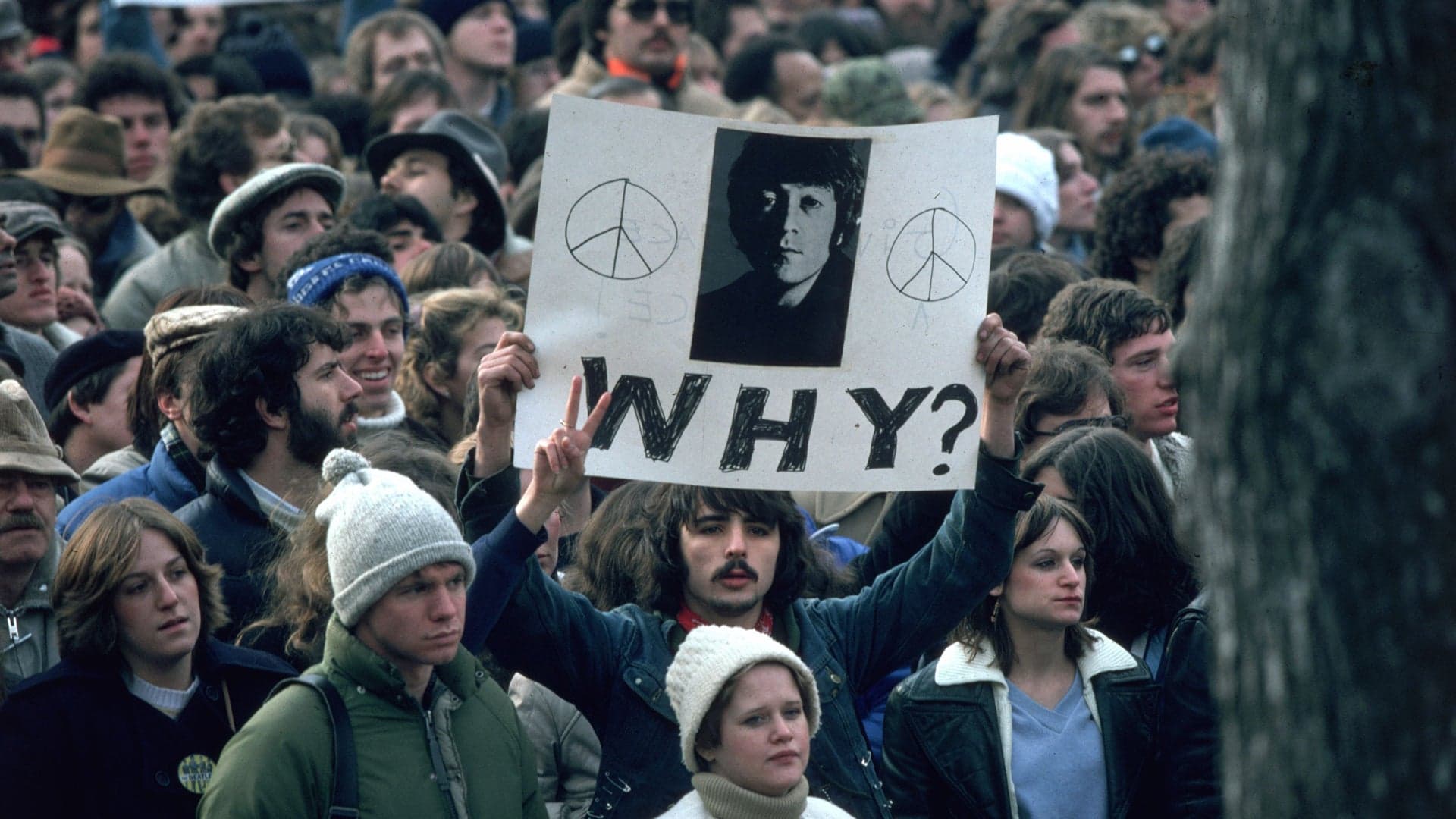At a summit meeting in Washington, D.C., President Ronald Reagan and Soviet leader Mikhail Gorbachev sign the first treaty between the two superpowers to reduce their massive nuclear arsenals. Previous agreements had merely been attempts by the two Cold War adversaries to limit the growth of their nuclear arsenals. The historic agreement banned ground-launched short- and medium-range missiles, of which the two nations collectively possessed 2,611, most located in Europe and Southeast Asia.
The pact was seen as an important step toward agreement on the reduction of long-range U.S. and Soviet missiles, first achieved in 1991 when President George H. Bush and Gorbachev agreed to destroy more than a quarter of their nuclear warheads. The following year, Bush and Russian President Boris Yeltsin agreed to drastically reduce their number of long-range missiles to around 3,000 launching systems each by the year 2003. In 2001, after a decade of arms control stalemate, President George W. Bush and Russian President Vladimir Putin made a preliminary agreement to further reduce their nuclear arsenals to around 2,000 long-range missiles each.



